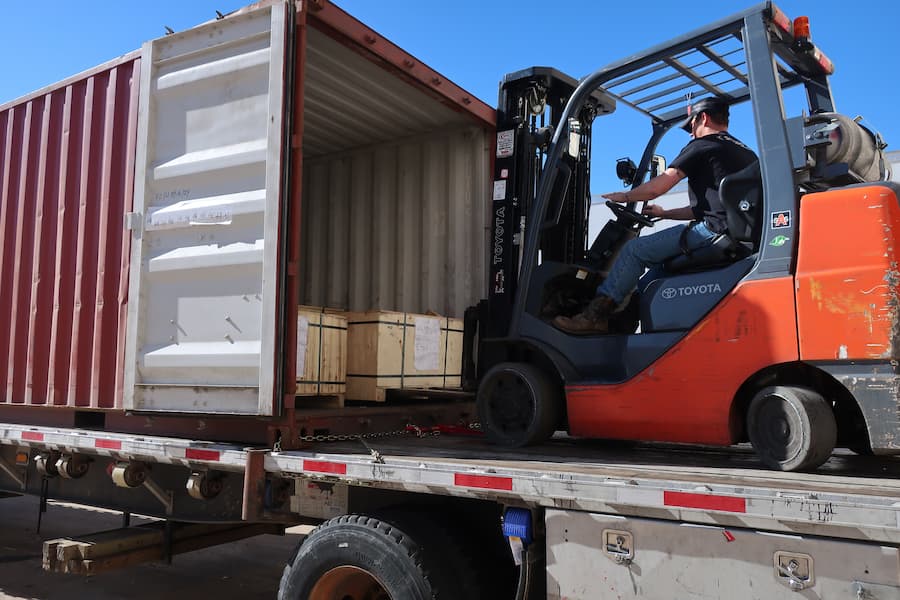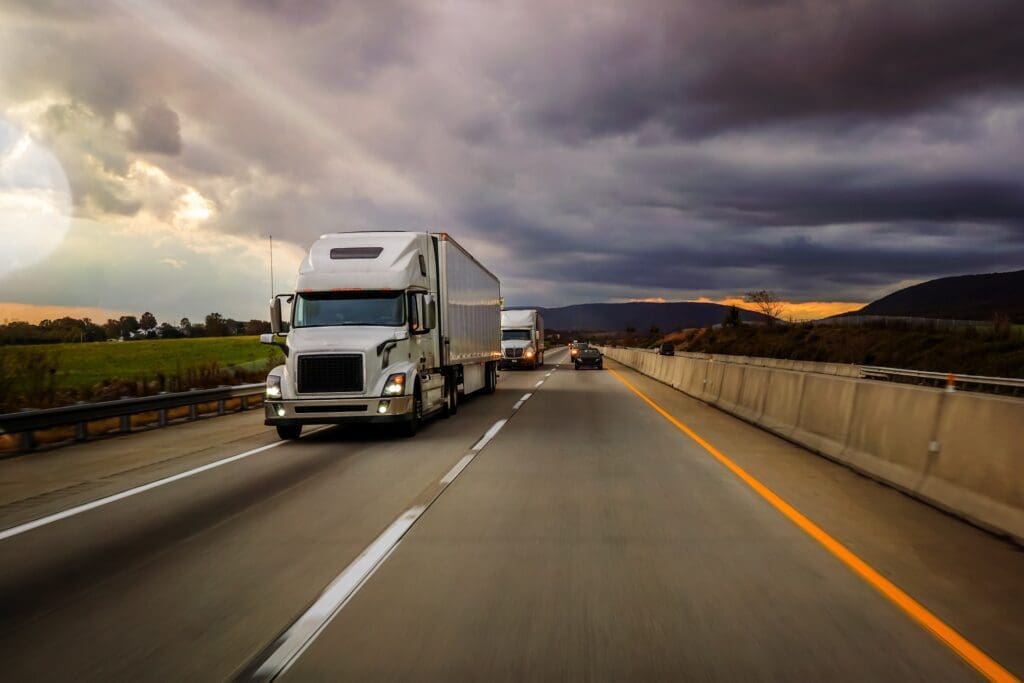Consider these facts:
- In 2015, 81.6% of Americans lived in cities or urban areas.
- More than 80% of all U.S. goods begin or end their trips in the United States’ 100 largest metro areas.
- Just 10% of U.S. corridors move 79% of goods.
- In 2016 truckers experienced almost 1.2 billion hours of delays as a result of traffic congestion. According to the American Transportation Research Institute (ATRI) that’s equivalent to 425,533 drivers sitting idle for a year.
Now let’s take a look at the near future. Urban growth is expected to grow exponentially. It’s predicted that:
- One-quarter of the world’s population will live in 600 of the world’s largest cities by 2025.
- By 2030, cities will add 1 billion more people globally.
E-commerce will grow, too, from 9 to 10% of total retail to 30% by 2030, and the “Amazon effect” is expected to continue to drive consumer demand for faster delivery and white-glove service. It’s not just parcel delivery that will grow, but also large format delivery (furniture, appliances, etc.). The urban building boom is heating up the heavy construction equipment market, too, which in turn will drive an increase in heavy equipment transport.
Driven by the e-commerce boom, and even the advent of 3-D printing (which is already beginning to counteract the growth of imports), freight volume is expected to increase 40% by 2050—and much of that traffic will begin, end, or be routed through increasingly congested urban areas.
The Challenges
Urban supply chain logistics face several critical dilemmas. Localized warehouse demand—already pricey and hard to find—will grow. “We’ll have more warehouses in urban areas, but we don’t know exactly what they will look like,” ARC Advisory Group’s Steve Banker told attendees of the SMC3 Jumpstart 2019 Supply Chain Conference. “Will we have one warehouse in the center of the city for the whole metro area?” Or networks of smaller sites?”
Warehouse logistics will need to shift, too. “A warehouse management system, historically, would take orders and drop them to the floor as a big batch so pickers could save time and labor costs,” said Banks. “But that doesn’t work in e-commerce. With short delivery and pickup times, you need to drop orders more quickly and intelligently.”
The current ways of handling LTL loads probably won’t work in the future, either. Delivery requirements and dimensions will be different. Lead times, too: The current average lead time for LTL loads is 2 to 3 weeks, which won’t cut it in the speedy new e-commerce environment.
Cities and states are also having to embrace change in order to deal effectively with congestion and its ensuing safety, lifestyle, and environmental implications. They’re already instigating tougher rules and regulations governing trucking, like idling, weight, hazmat and loading zone restrictions. New York City recently imposed congestion pricing, and Los Angeles, Philadelphia, and Portland, Oregon may follow.
One more challenge: Cities were never really built for trucks. No parking, poor street design, and a lack of signage already make urban truck delivery difficult. With increased congestion driving trucks in urban areas could become a nightmare.
The Solutions
But local governments know they can’t do without deliveries, so many are embracing “Smart City Logistics” that will help ease congestion while allowing urban consumers to get speedy shipping. Some of these tactics include:
- Allowing for off-peak or overnight deliveries (and possibly offering incentives to entice companies to switch to low-traffic hours).
· Installing signals along freight corridors that prioritize truck movement.
- Using data to help trucks move more efficiently and safely. Washington, DC, for example, has a web page that shows truck routes, restrictions, and loading zones. Other data usage ideas could offer dynamic pricing and routing guidance, provide truckers with real-time parking information, and even “best time” windows for pick-up or drop-off at ports and intermodal facilities, based on port conditions and traffic information.
- Building freight lockers – Austin, Texas’s proposes partnering with a delivery and logistics company to build multimodal Smart Stations where residents could pick up both package and grocery deliveries.
- Creating corridors specifically for commercial vehicles, which would allow for truck platooning.
Truck platooning and autonomous vehicles are just two of the solutions the trucking industry hope may mitigate the safety and environmental issues connected to the urban congestion problem. It’s also modernizing truck design, design, advancing maneuverability by improving turning radius and height and width clearances.
The industry also hopes to make urban delivery simpler by centralizing shipping and warehousing, by proposing ideas like:
- Building inland ports – Sub-regional hubs could handle deliveries for large (and autonomous) trucks, routing them away from traffic-heavy urban areas.
- Repurposing retail facilities – With more and more business going to e-commerce, brick-and-mortar shopping malls and big-box stores may soon go the way of Sears, and the land they sit on land could be used for warehousing and parking. It’s already beginning to happen: Industrial real estate firm CBRE reports 24 retail-space-to-warehouse conversions since 2016.
- Using mobile warehouses – Companies like Milestone Equipment Holdings rent dry van trailers, which can be moved to where they are needed. They also cost up to 50% less than brick-and-mortar warehouse space.
Crowdsourcing delivery drivers could also make urban logistics easier. By using independent contractors for last-mile delivery, shippers could save money, improve customer service, and increase agility, responsiveness, and flexibility. A 2018 survey reported that nearly 10 percent of retailers were already using crowdsourced delivery and 26 percent said they see it in their future. Fifty-eight percent of Jumpstart attendees said they expect crowdsourced delivery to be widespread in five years. Crowdsourced delivery vehicles could also be green, which would reduce greenhouse gas emissions. In fact, a European Union project called Cycle Logistics estimates that 42 percent of urban freight could be delivered by bike.
Our Promise
We don’t think bikes will be replacing heavy equipment transporters or that shippers will want to crowdsource time critical freight delivery anytime soon. That’s okay, though, because we’ll be here for you, delivering your loads where ever they need to go, whether it’s an urban or rural area. At Next Exit, we earn the trust of our clients with efficiency, transparency, and security. In addition, we understand how to handle freight services for unusual, oversize, or overweight shipments and are certified to arrange the shipment of hazardous materials. To learn more about our services, call Next Exit Logistics at 866-624-2661 or contact us via email.




